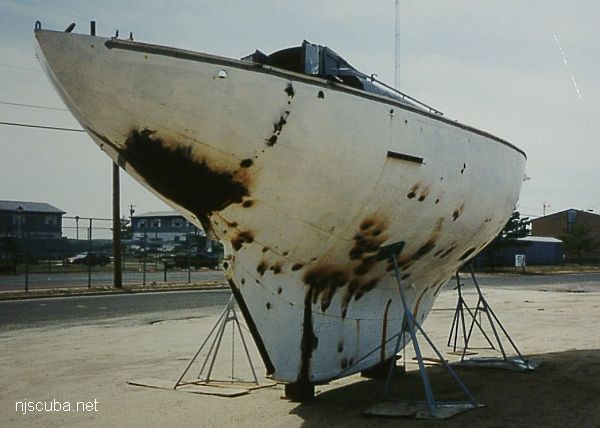
- Type:
- artificial reef, sailboat
- Specs:
- ( 41 x 8 ft )
- Sponsor:
- John Deckert
- Sunk:
- Friday April 19, 1996 - Barnegat Light Artificial Reef
- GPS:
- 39°45.067' -74°01.892'
More: Antares ...
The pink and white areas are shipping lanes. 'Natural' shipwrecks are depicted with a wreck symbol.
More: Artificial Reefs ...

More: Antares ...

More: APL-31 ...
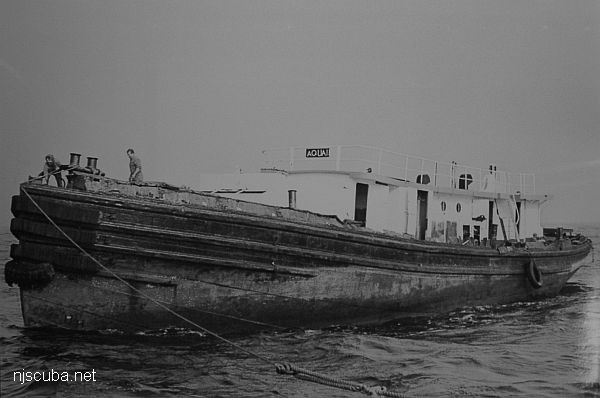
More: Aqua II ...

The Artificial Reef Program used four types of obsolete Army armored vehicles as artificial reef materials off the New Jersey coast. These were cleaned at local military bases, loaded onto barges for transport, and pushed off at their final destination. Once the Army had disposed of its excess inventory, the program ceased, around 1999. The Artificial Reef Program has sunk almost 400 tanks altogether, far too many to list them here in this website.
More: Army Tanks ...
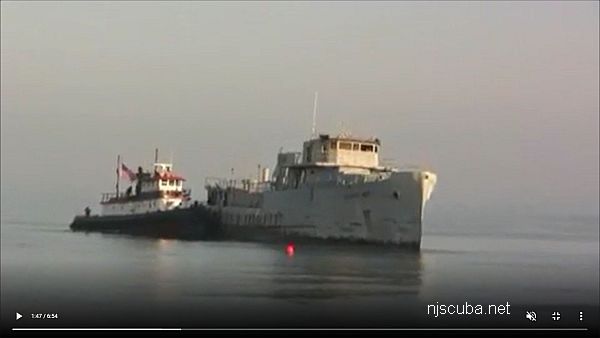
More: Atlantic Mist PCE-880 ...
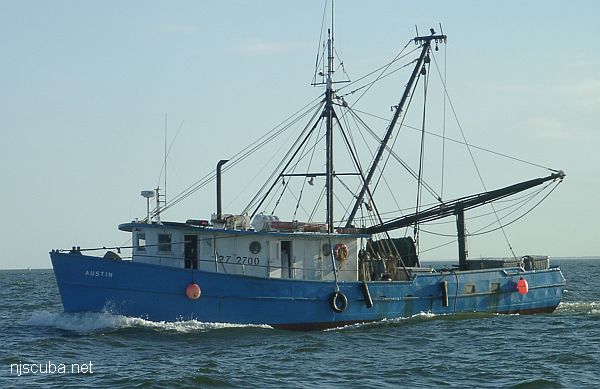
More: Austin ...
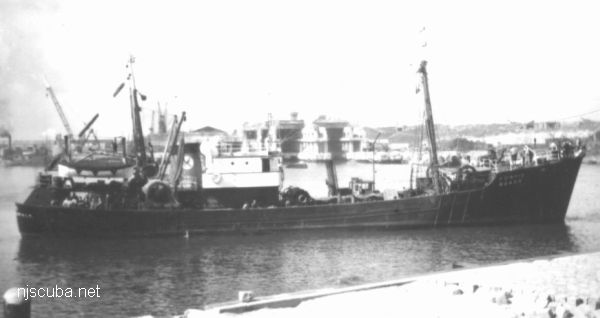
More: Bad Bob's Big Boat ...

More: Barbara Ann ...
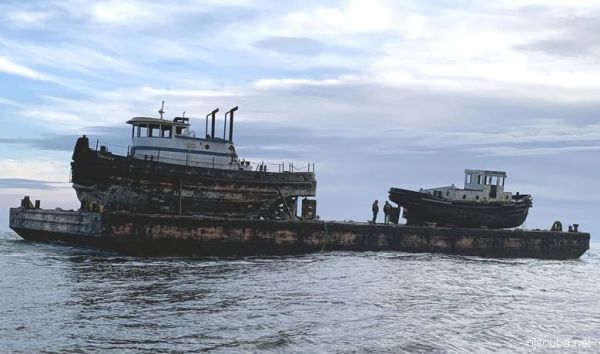
More: barge etc ...
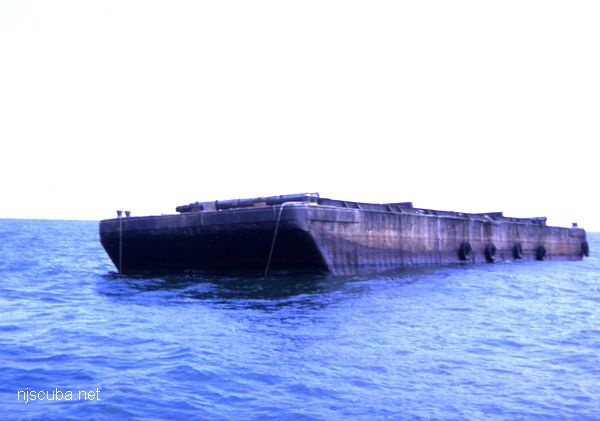
| Name | Description | Sunk | GPS |
| 80 ft steel | 40°31.884' -73°43.297' |
||
| 85 ft steel | 40°31.942' -73°42.894' |
||
| 100 ft steel | 40°31.631' -73°43.029' |
||
| 140 ft steel | 40°31.736' -73°42.736' |
||
| 150 ft steel | 40°31.903' -73°43.166' |
||
| 150 ft wood | 40°31.762' -73°43.306' |
||
| 75 ft steel | Thursday Nov 14, 2019 |
40°31.604' -73°43.611' |
More: barges - Atlantic Beach Artificial Reef ...